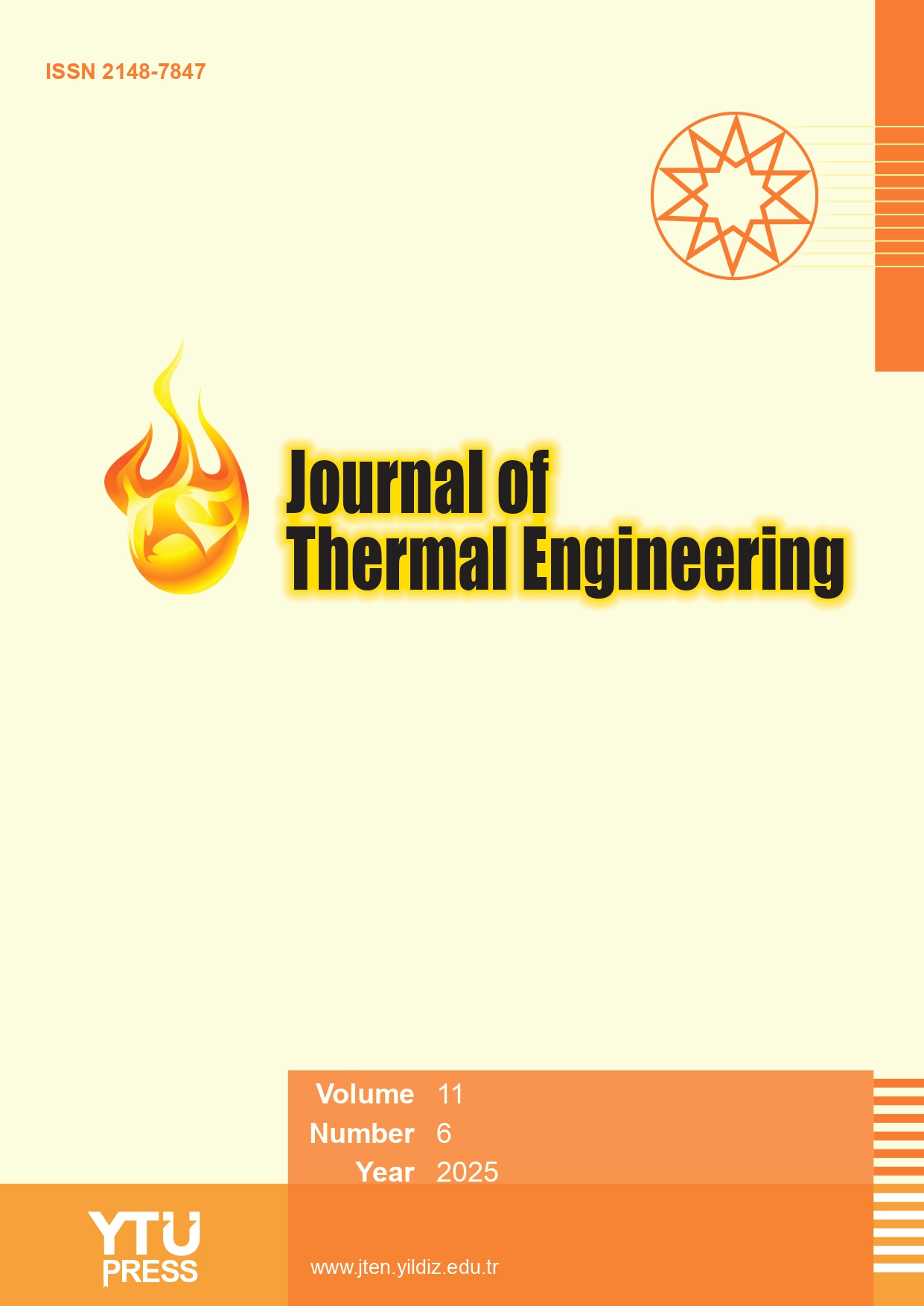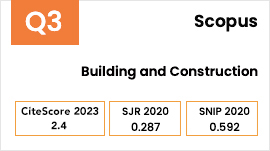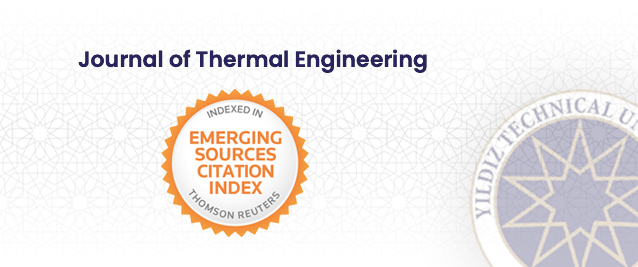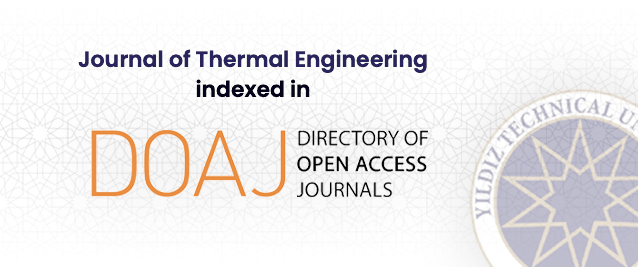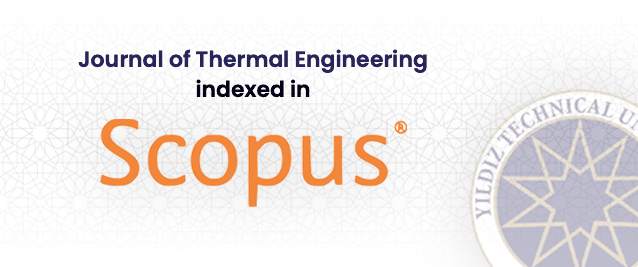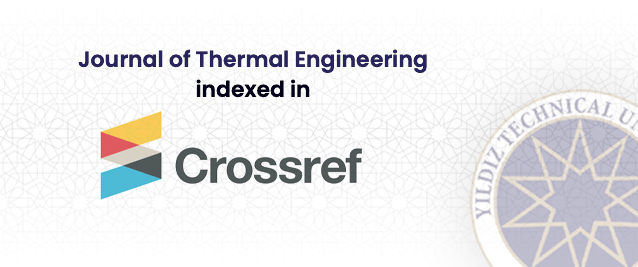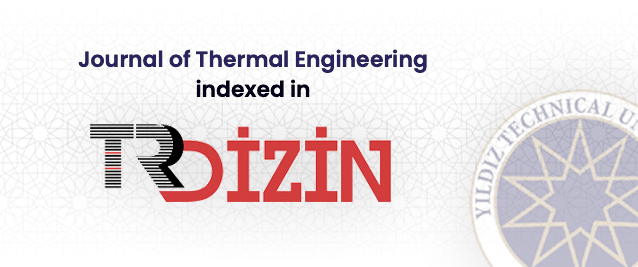2Department of Mathematics, Silicon Unversity, Bhubaneswar, 751024, India
3Department of Mathematics, GIFT Autonomous, Bhubaneswar, 752054, India
Abstract
There are many natural phenomena and engineering usage susceptible to magneto fluid dynamics. The boundary layer theory is precisely such as asymptotic theory for the ease of very large Reynolds number. A numerical investigation was made to analyze the effects of Brownian motion, thermophoresis, and buoyancy force of non-Newtonian nanofluid relying on the Prandtl fluid model over a stretching sheet. The energy equation is empowered by the influence of Joule heating, viscous dissipation, and thermal radiation, whereas the concentration equation is determined by a chemical reaction. Similarity transformations are used to convert the governing partial differential equations (PDEs) into a system of nonlinear ordinary differential equations (ODEs). The resulting systems are effectively solved using the numerical scheme known as the Runge-Kutta-Fehlberg's method with shooting technique and bvp4c solver in MATLAB code. The graphical results show the effect of pertinent parameters under buoyancy-assisting/opposing forces on velocity, temperature, and concentration profiles. Momentum transport gets accelerated for higher material/characteristic parameter of the non-Newtonian fluid model irrespective of presence or absence of porous matrix but thermal energy gets depleted for higher material parameter across the flow domain contributing to thermal stability. The elastic property of the Prandtl fluid and the effect of electromagnetic force increase slightly the solutal concentration but significantly to temperature. Thus, it is concluded that the generated Lorentz force (the additional body force) increases the thermal transport and solutal concentration of non-Newtonian nanofluid model.


